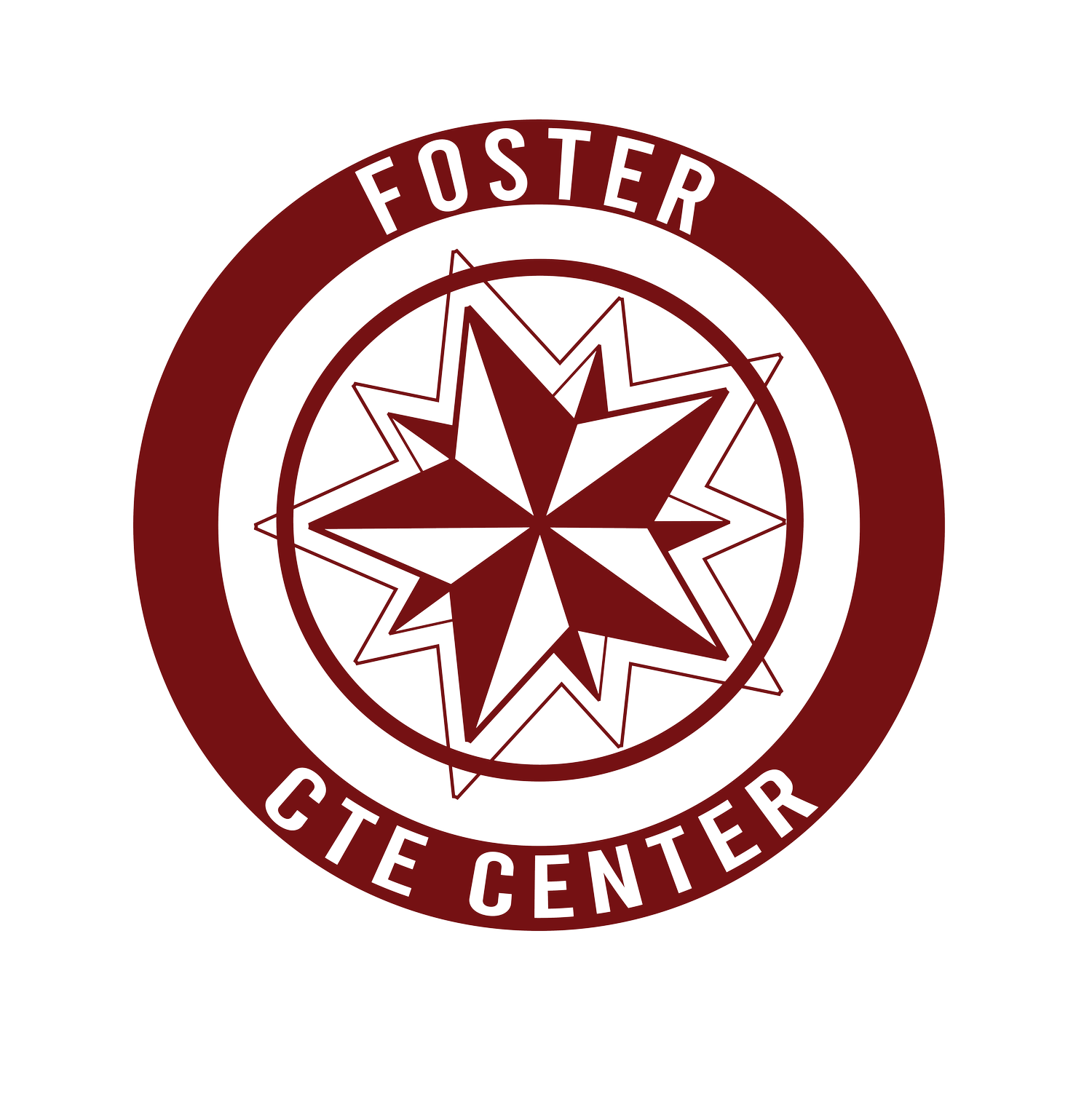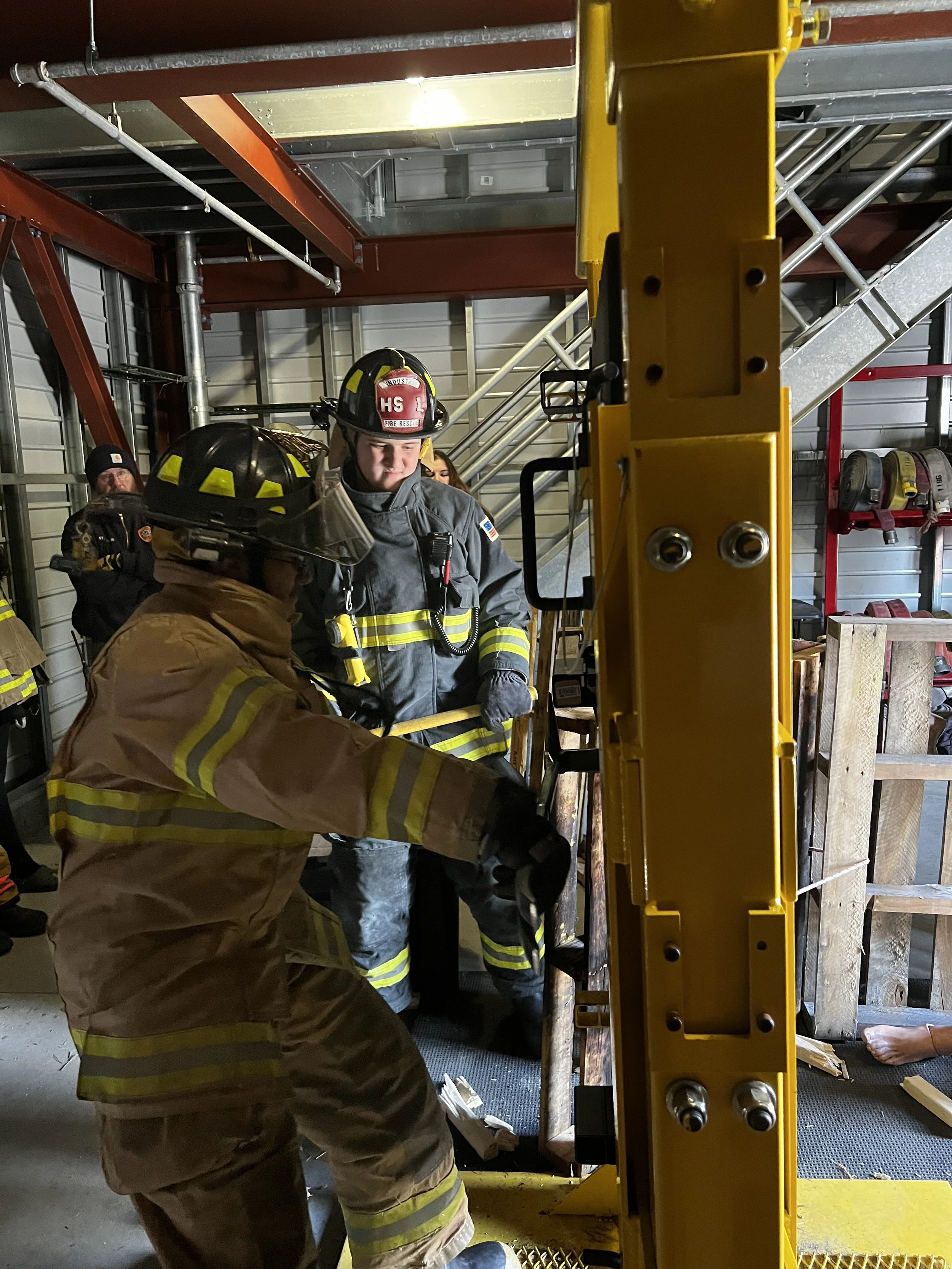Firefighting
Join an immersive hands-on program designed to prepare students for the challenging and crucial role of firefighters and emergency responders. The program is based on NFPA 1001 National Standards for Firefighter Qualifications and is crafted to provide students with a comprehensive understanding of firefighting techniques, emergency medical services, and the essential skills required to safeguard communities in times of crisis.
Whether students aspire to become firefighters, emergency medical technicians, or pursue further education in public safety, this course provides a solid foundation in firefighting. Students will gain the skills, knowledge, and certifications necessary to serve their communities and contribute to public safety.
Ignite your passion for public service and safety. Experience state-of-the-art simulations, and expert guidance to prepare you for a dynamic career as a first responder in the challenging and rewarding world of firefighting.
Program Objectives
-
Explore the history, organization, and roles within fire departments and emergency services.
Understand the principles of fire behavior, combustion, and fire prevention.
-
Gain hands-on experience with firefighting equipment, including hoses, nozzles, and personal protective gear.
Learn firefighting techniques, fire suppression methods, and search and rescue procedures.
-
Develop basic emergency medical skills, including CPR, first aid, and patient assessment.
Understand the integration of EMS within firefighting operations.
-
Explore the principles of hazardous materials awareness and response.
Learn to identify, assess, and mitigate hazards associated with chemical spills and hazardous materials incidents.
-
Gain skills in vehicle extrication techniques and rescue operations.
Understand the use of specialized tools and equipment for extricating individuals from vehicles in emergency situations.
-
Develop an understanding of incident command systems and the organization of fireground operations.
Learn to work effectively within a team and coordinate responses to various emergency scenarios.
-
Explore fire prevention strategies and community outreach programs.
Understand the importance of public education in promoting fire safety and emergency preparedness.
-
Gain insights into wildland firefighting techniques and strategies.
Learn about the unique challenges and considerations in combating wildfires.
-
Engage in realistic emergency response simulations to apply learned skills in a controlled environment.
Develop crisis communication and decision-making skills under simulated emergency conditions.
-
Understand the requirements for firefighter certification in the state or region.
Prepare for relevant certifications, such as Firefighter I and II, in compliance with national standards.
-
Focus on physical fitness and wellness to meet the demands of firefighting.
Engage in regular fitness training to enhance strength, endurance, and overall health.
-
Connect with professionals in the firefighting and emergency response field through guest firefighters, industry visits, and virtual interactions.
Gain insights into career pathways, industry expectations, and potential internship or apprenticeship programs.






